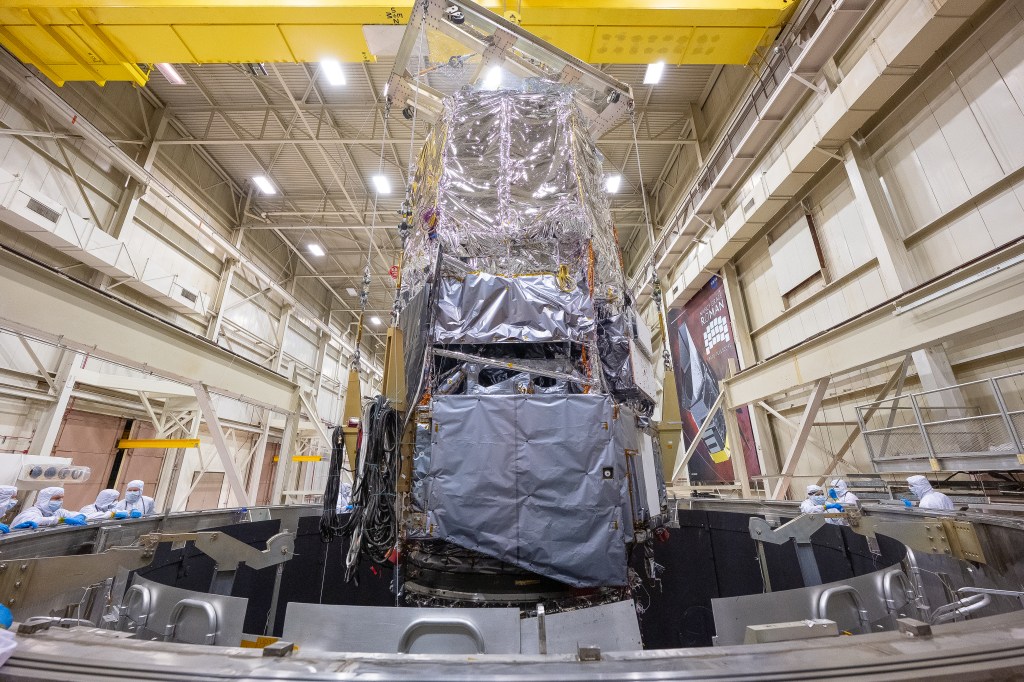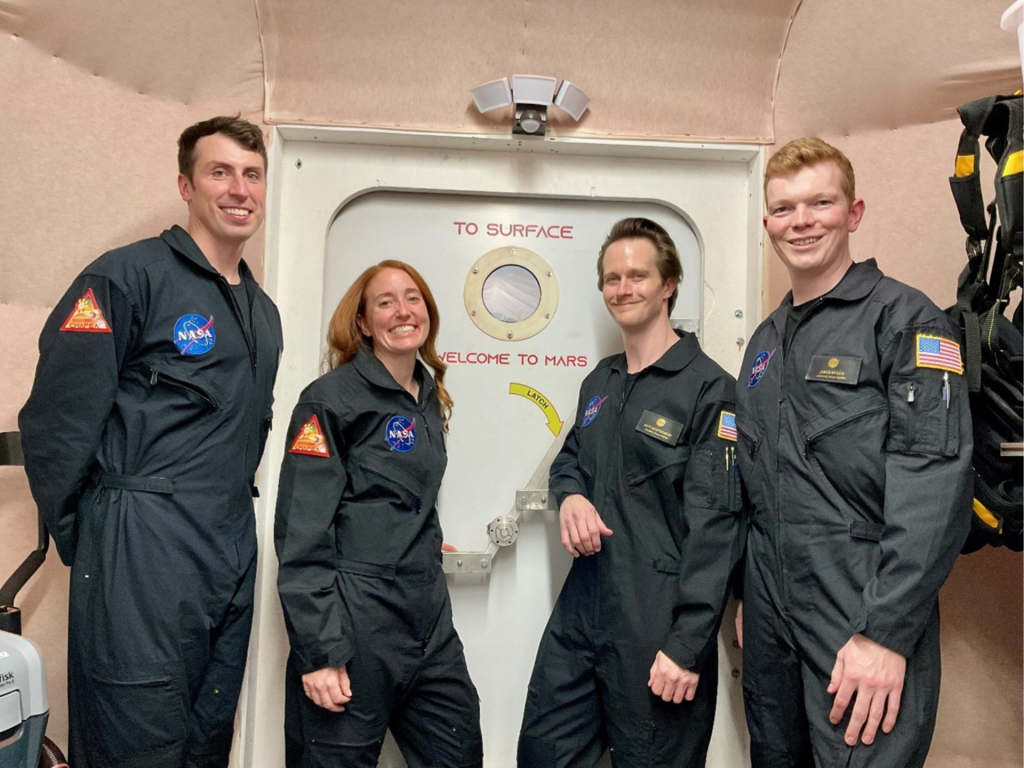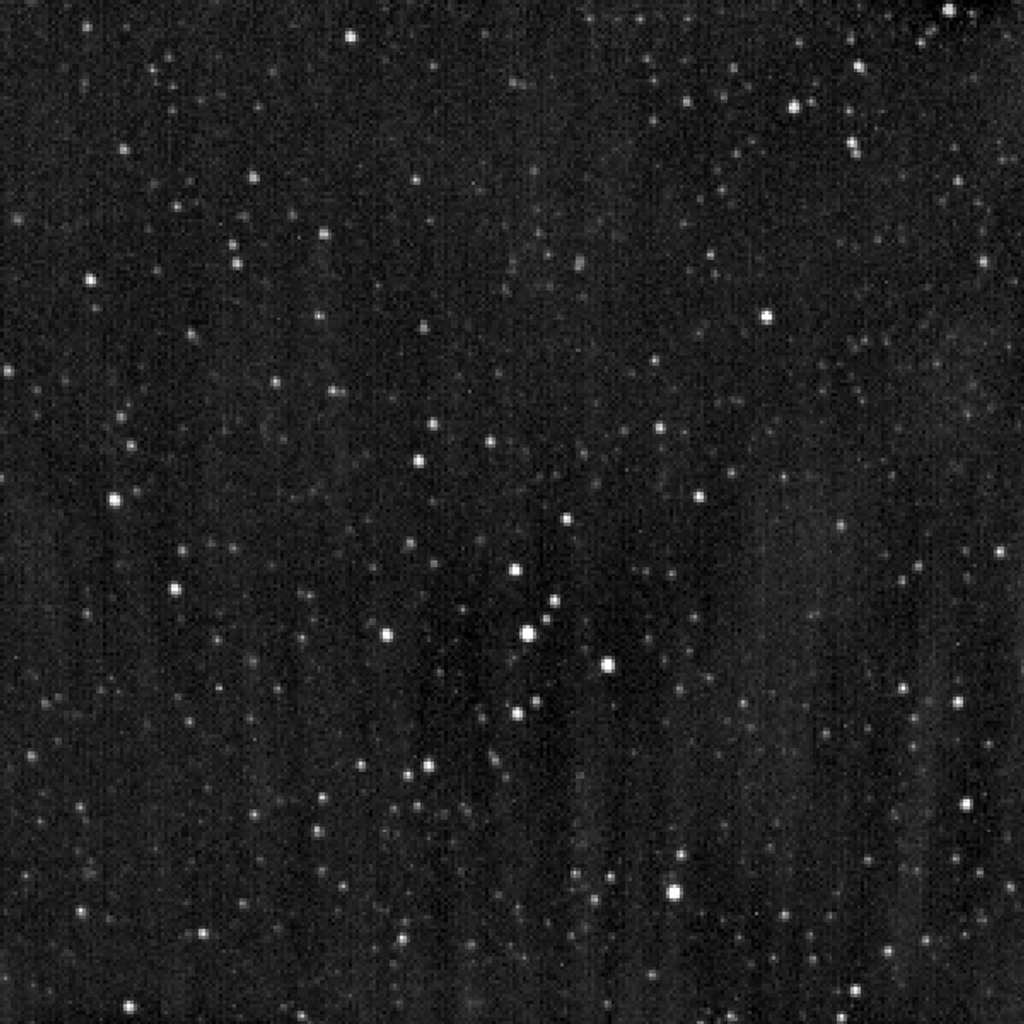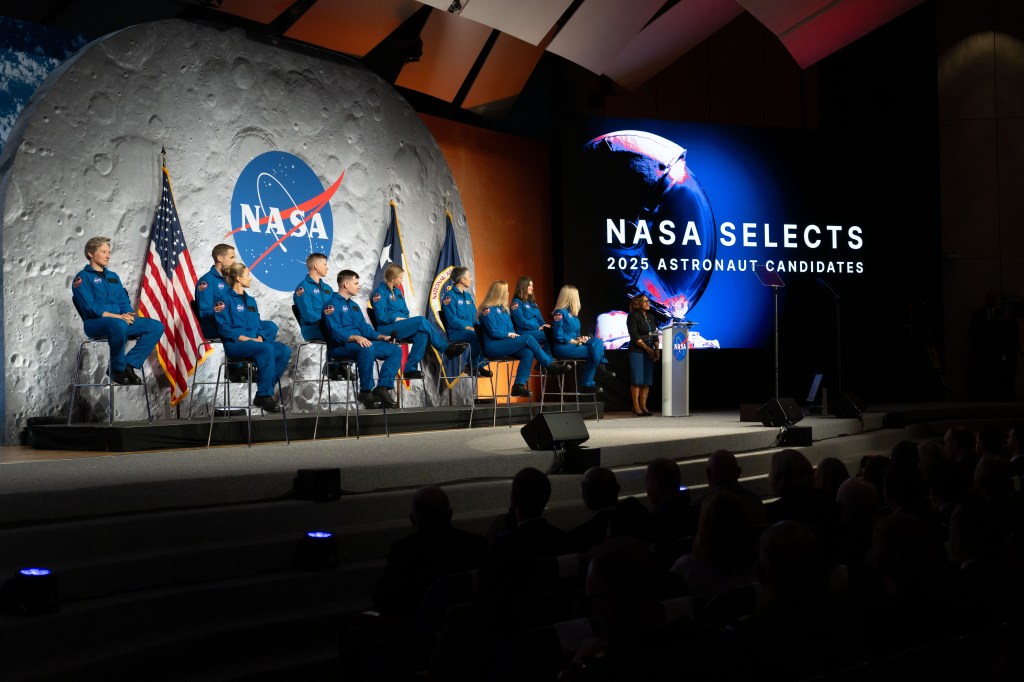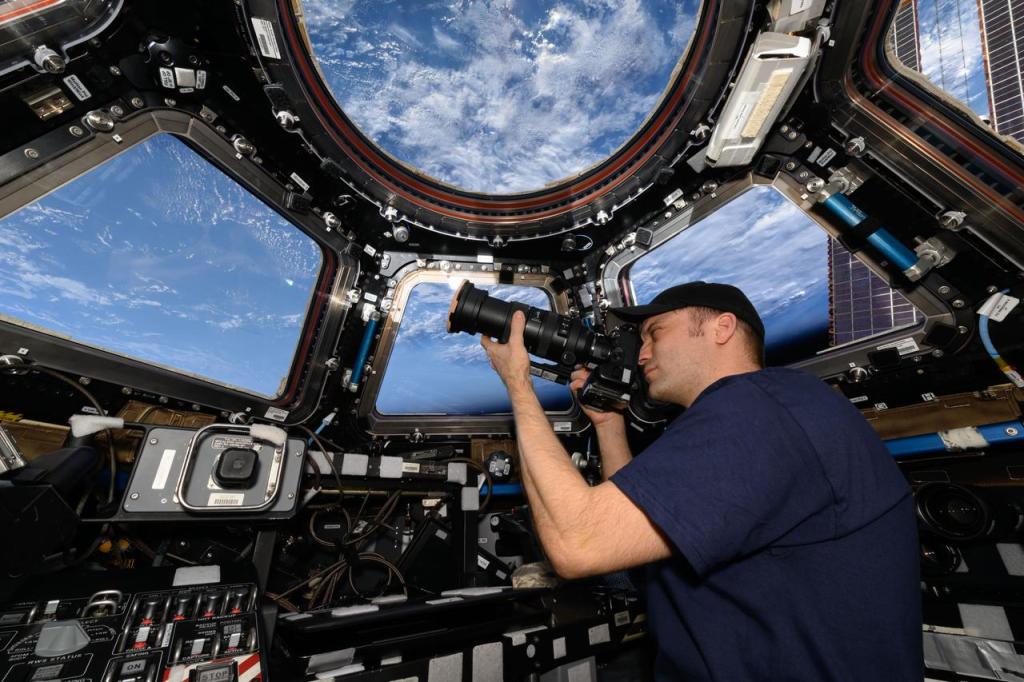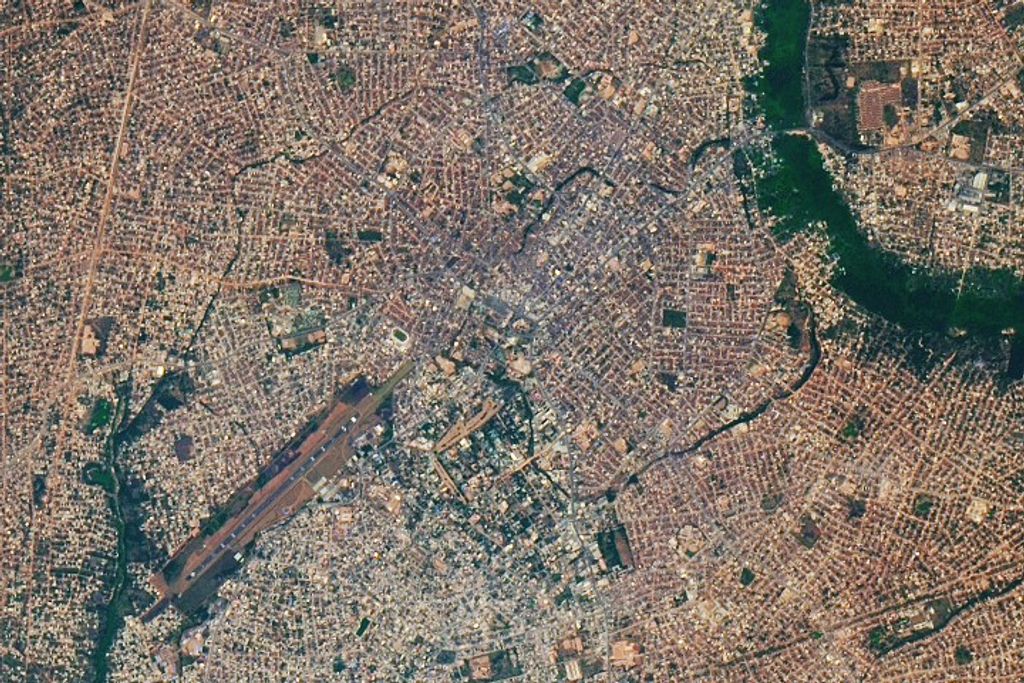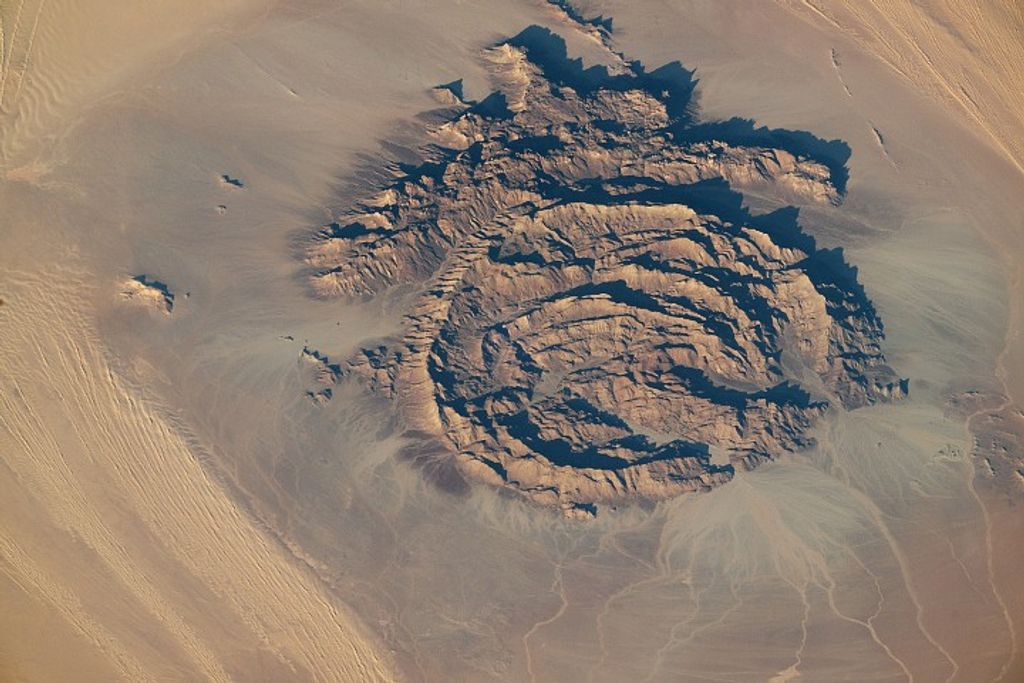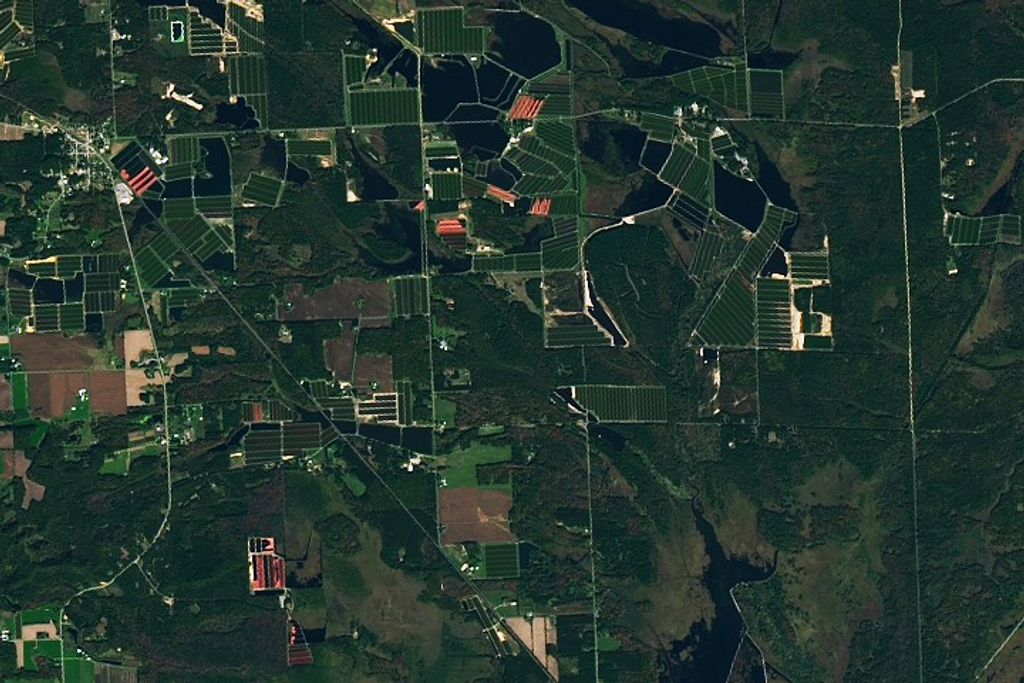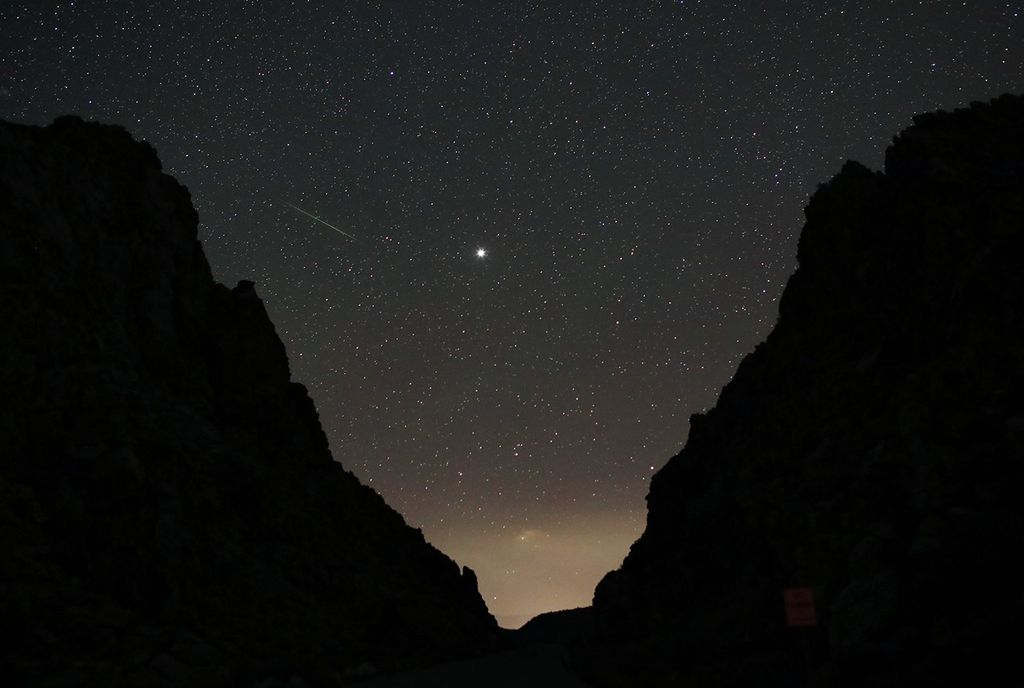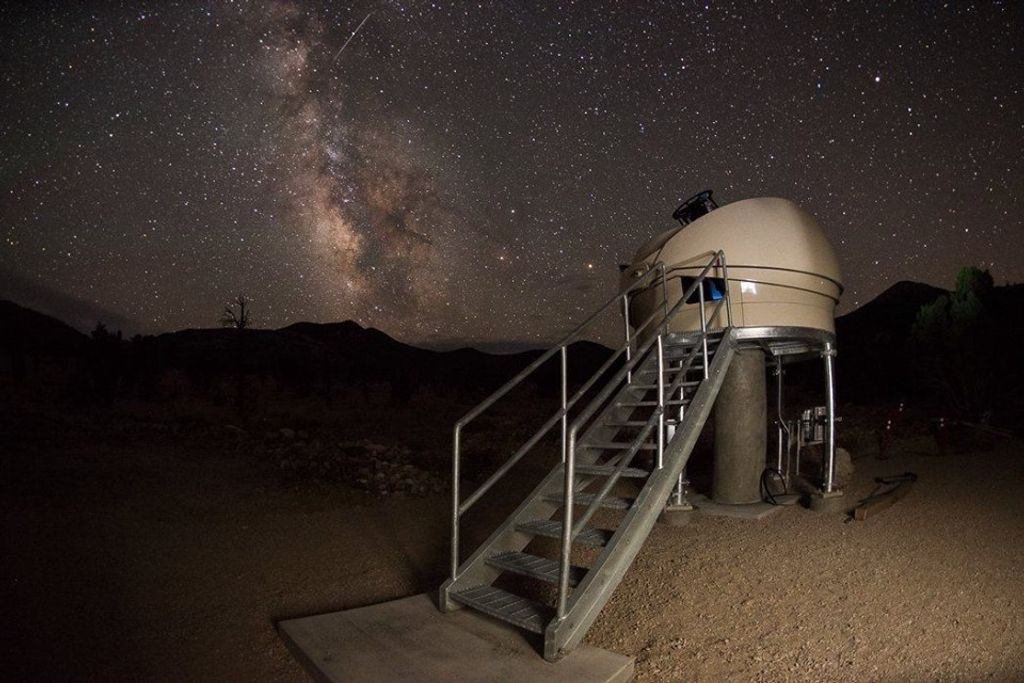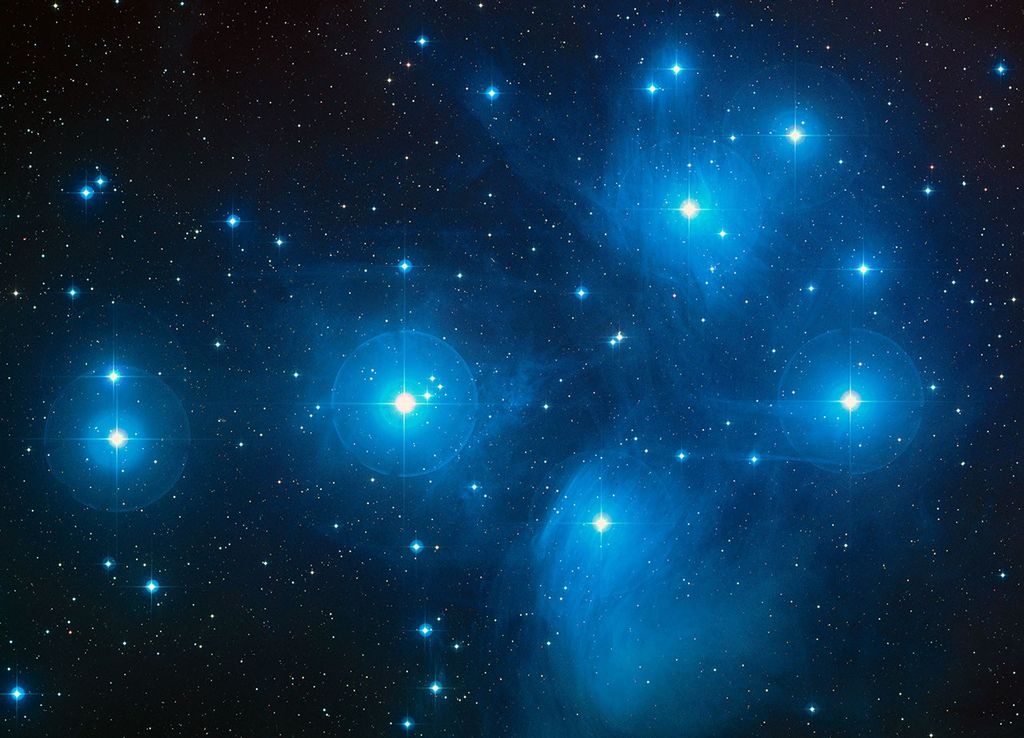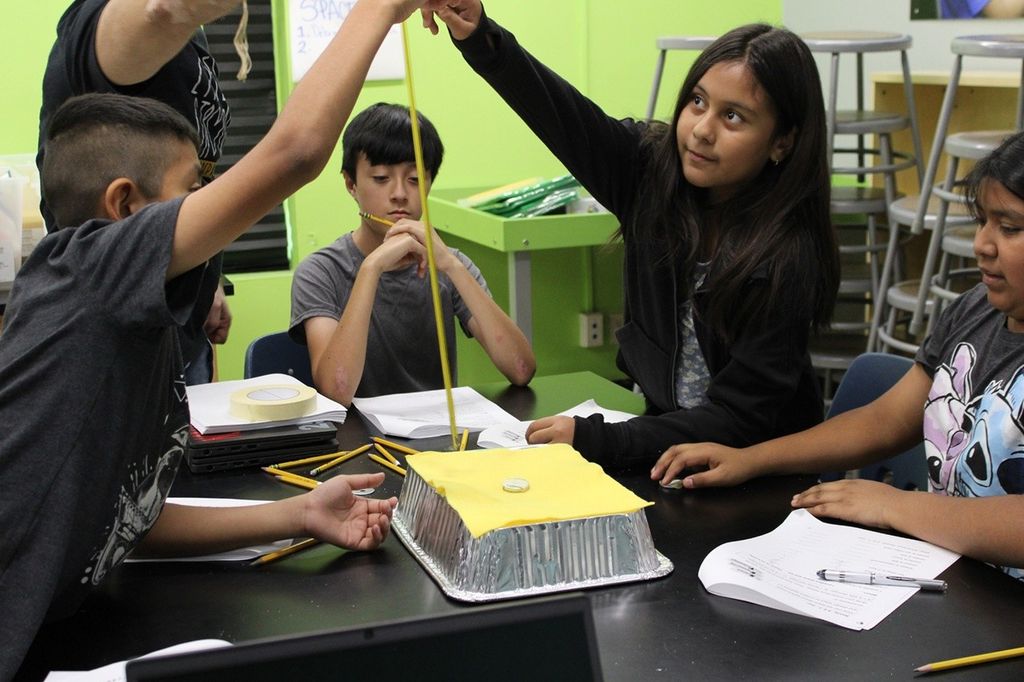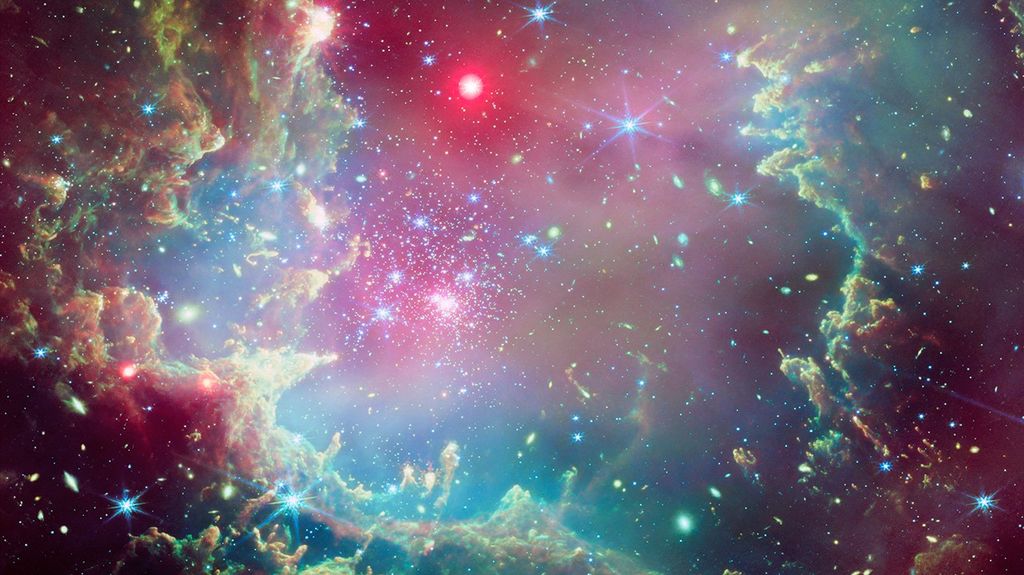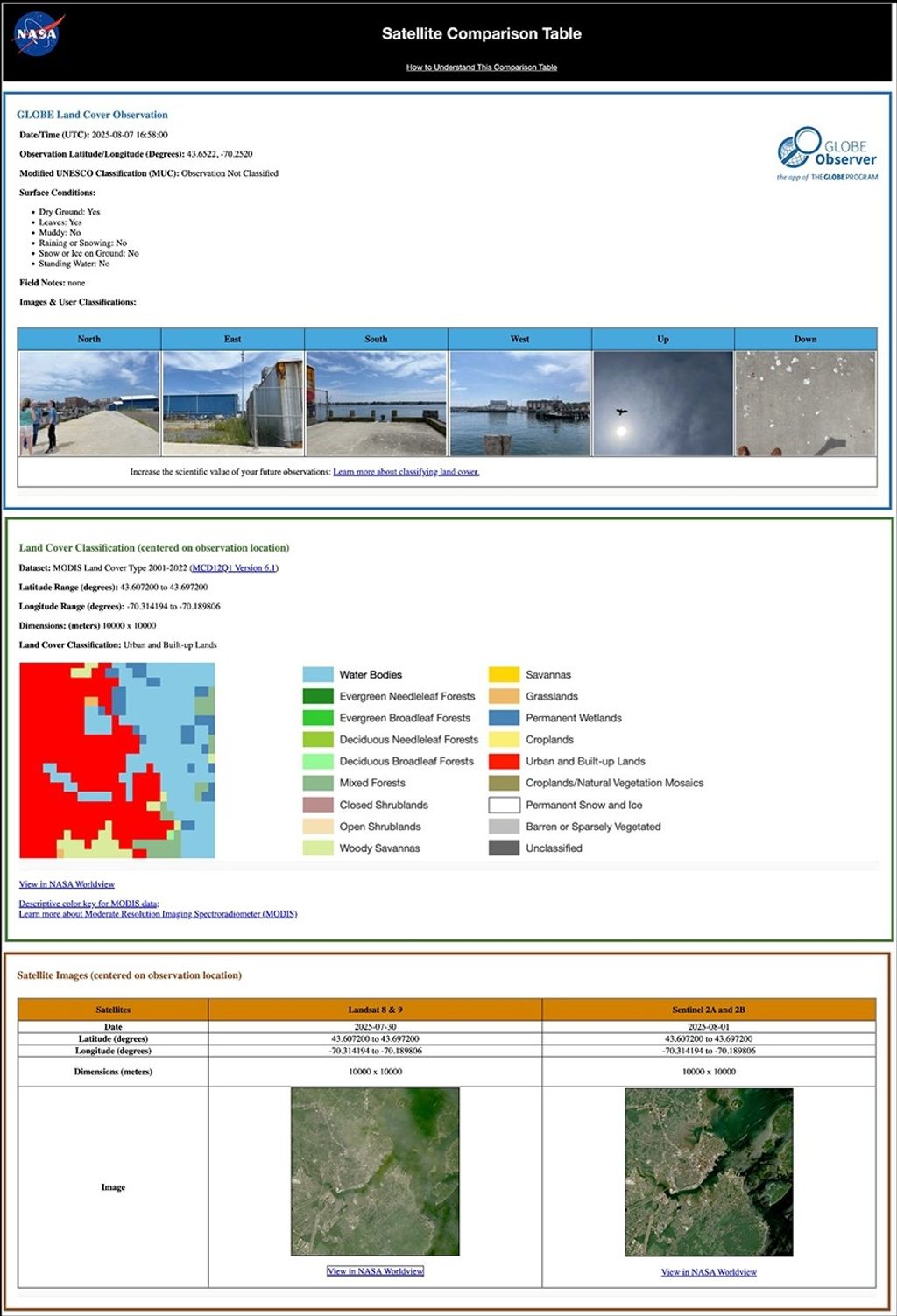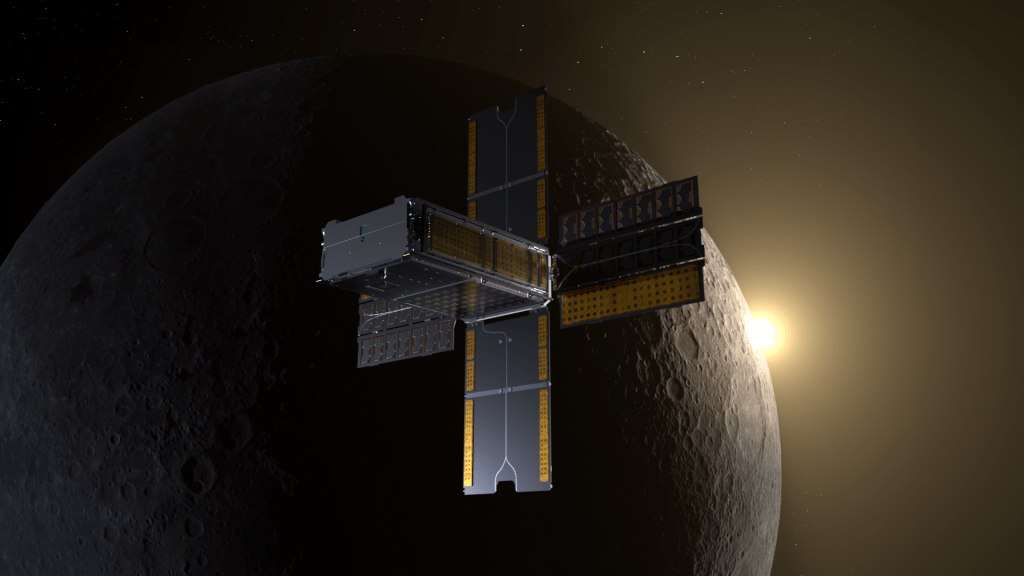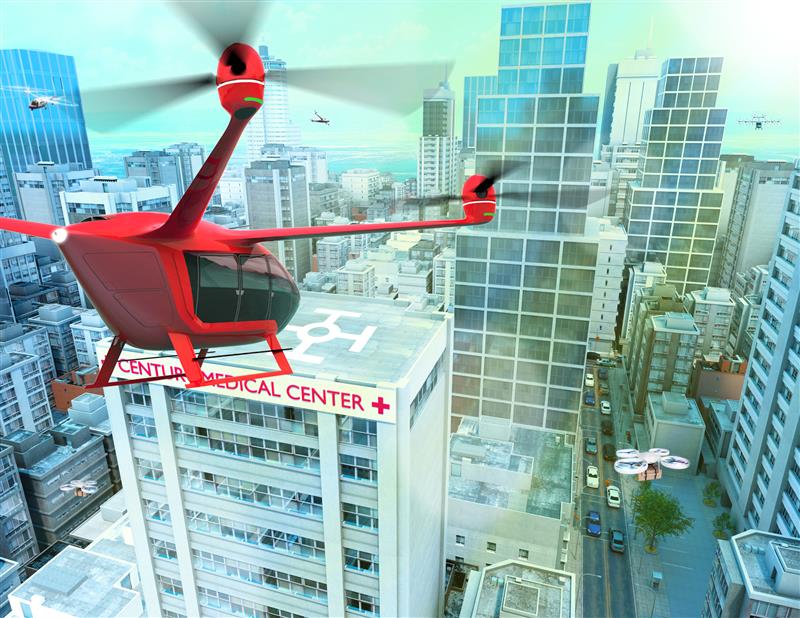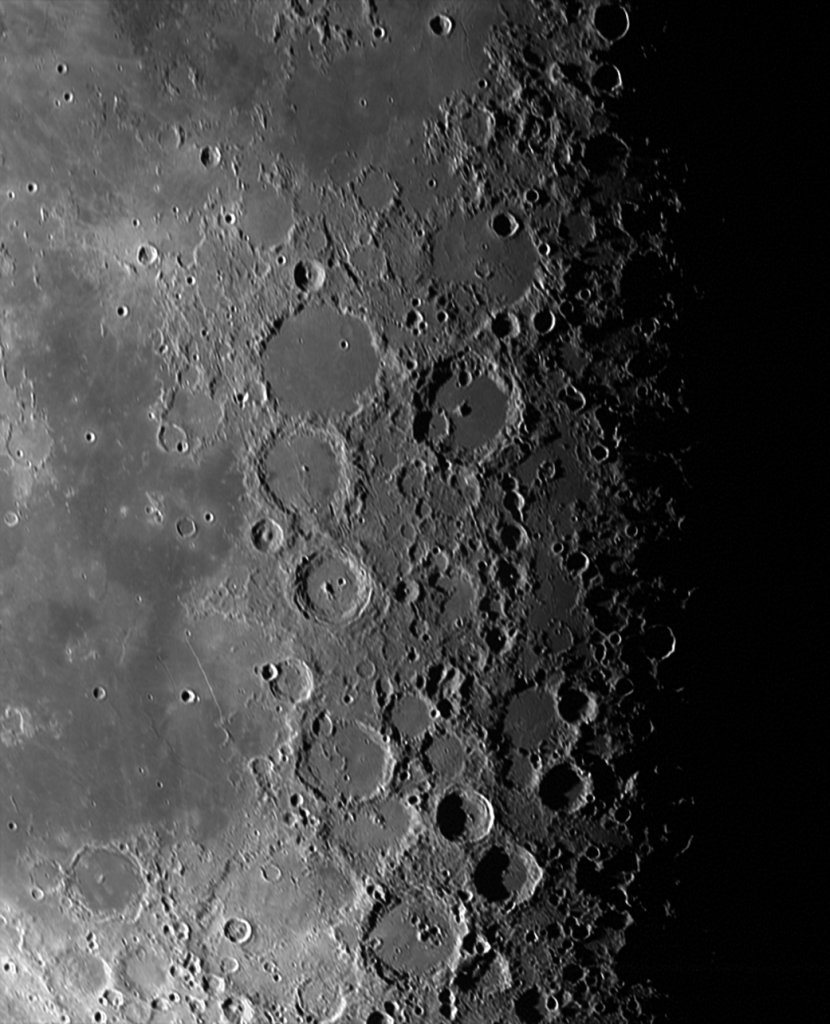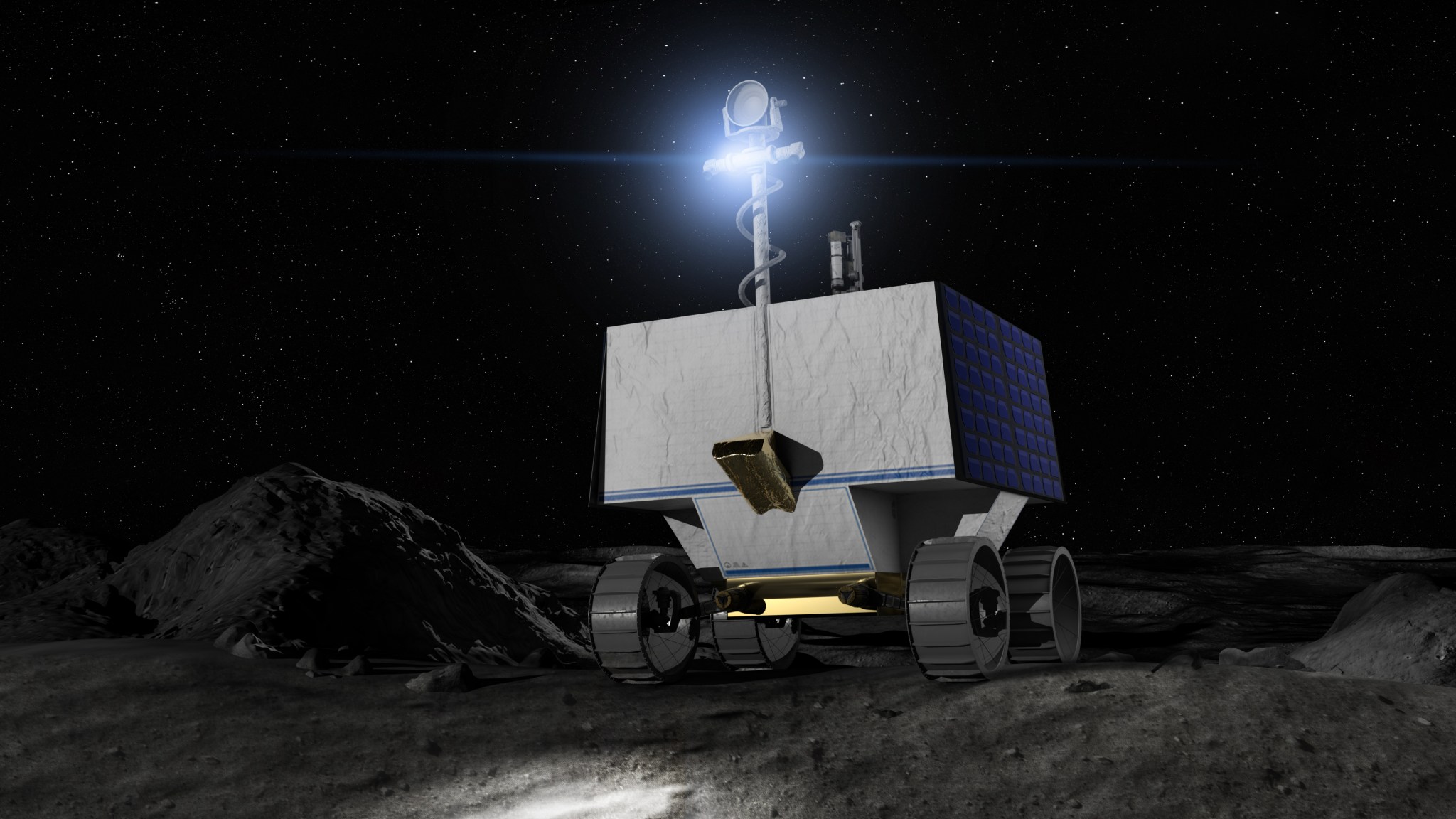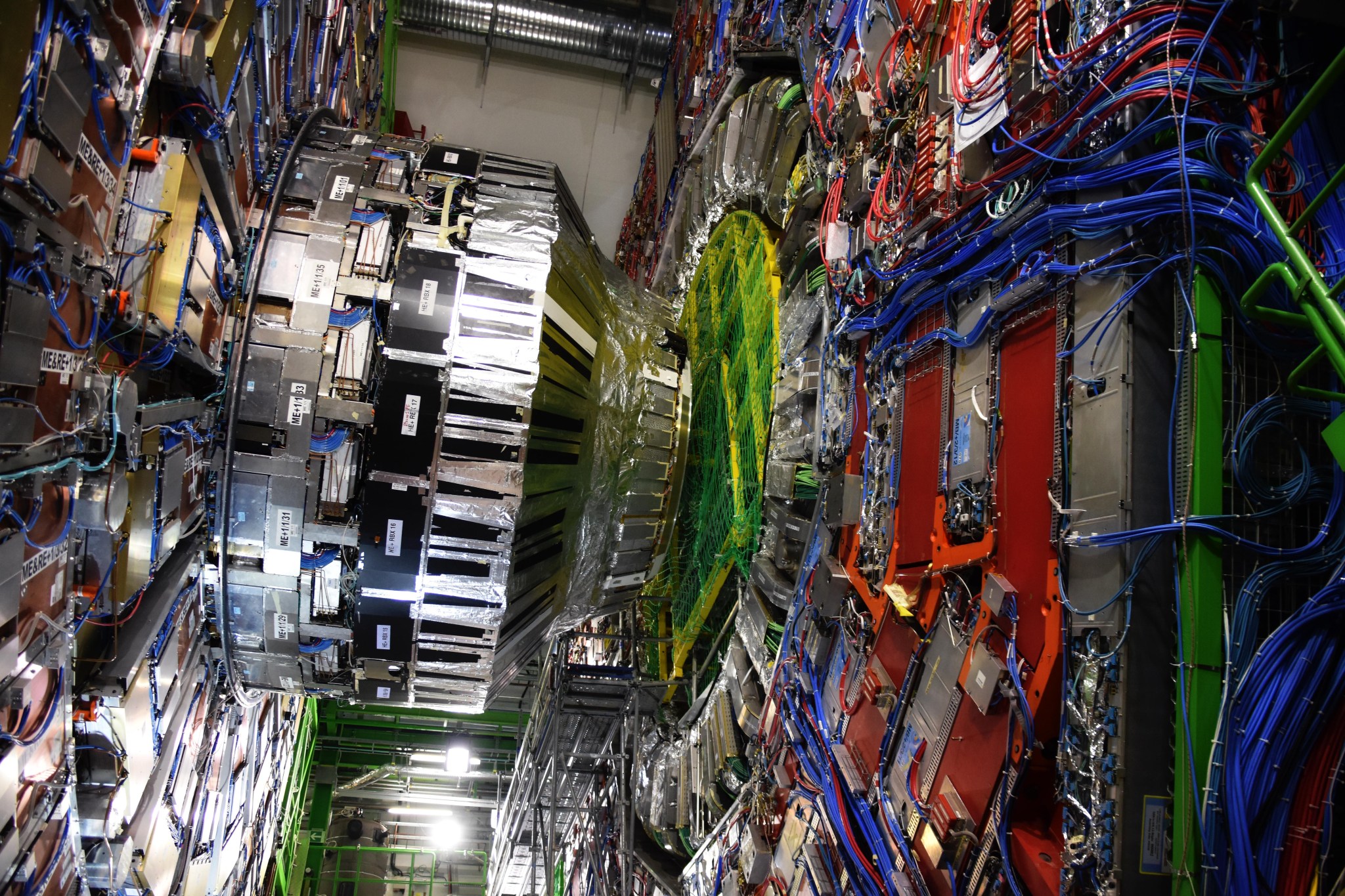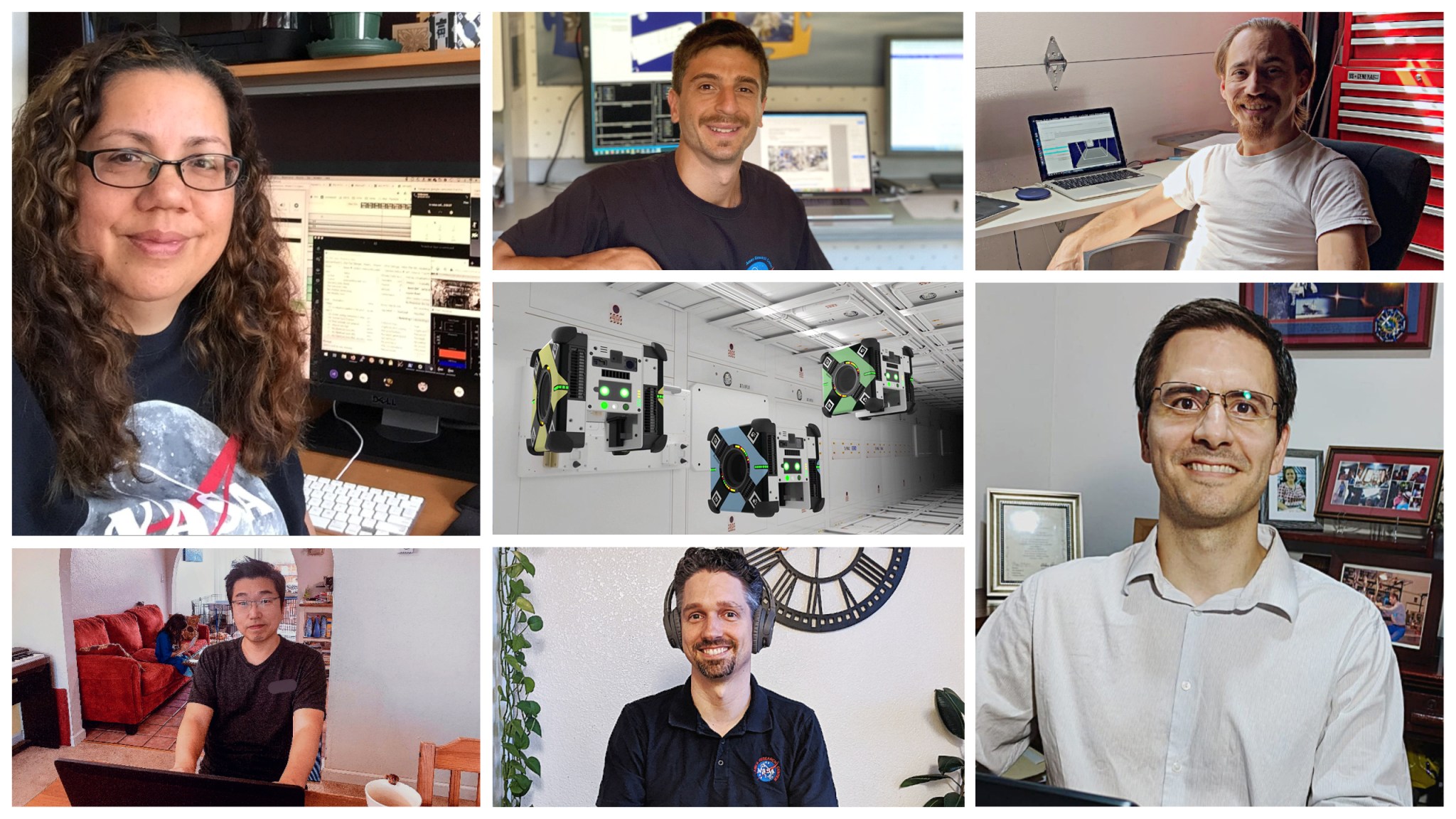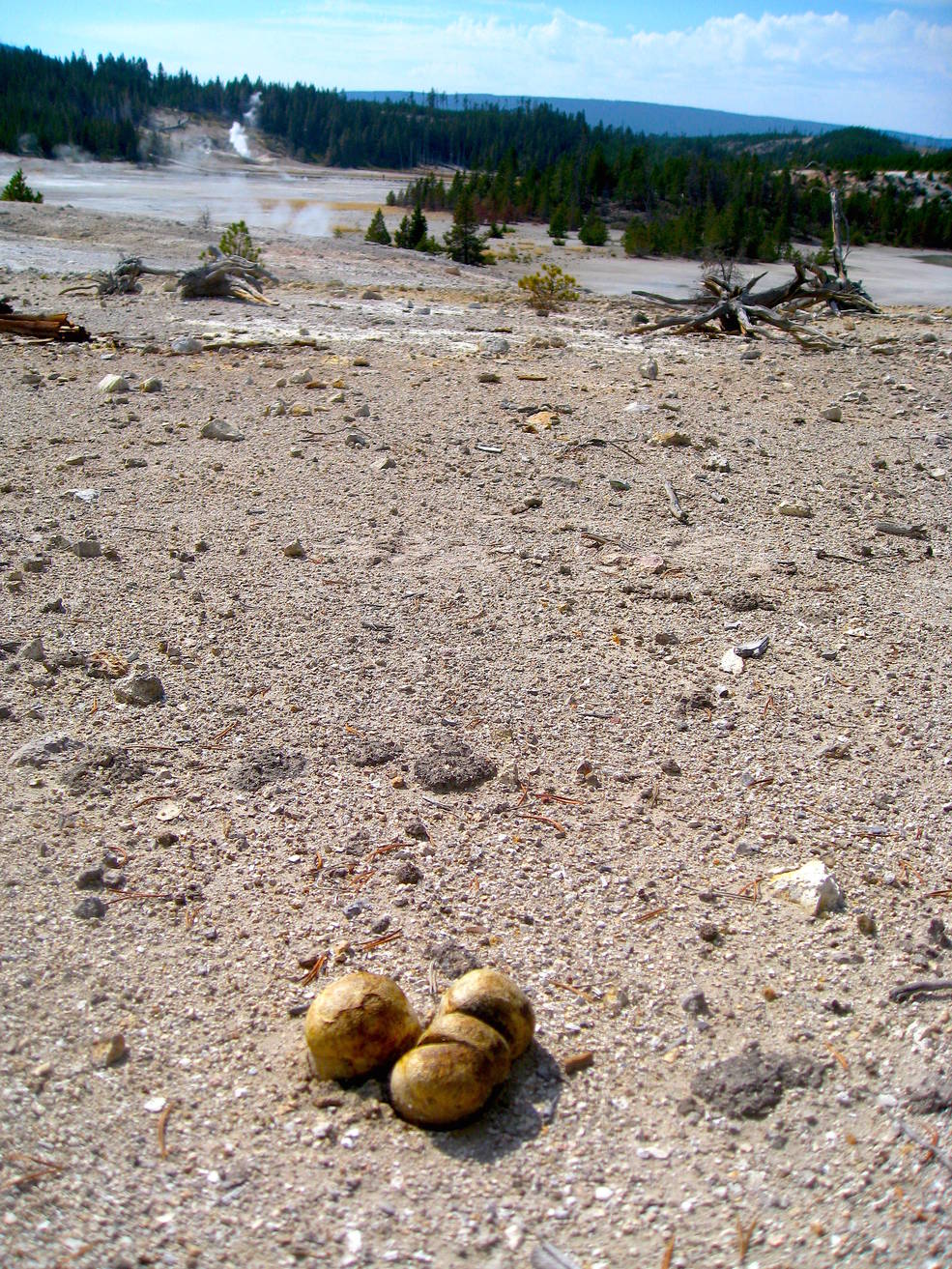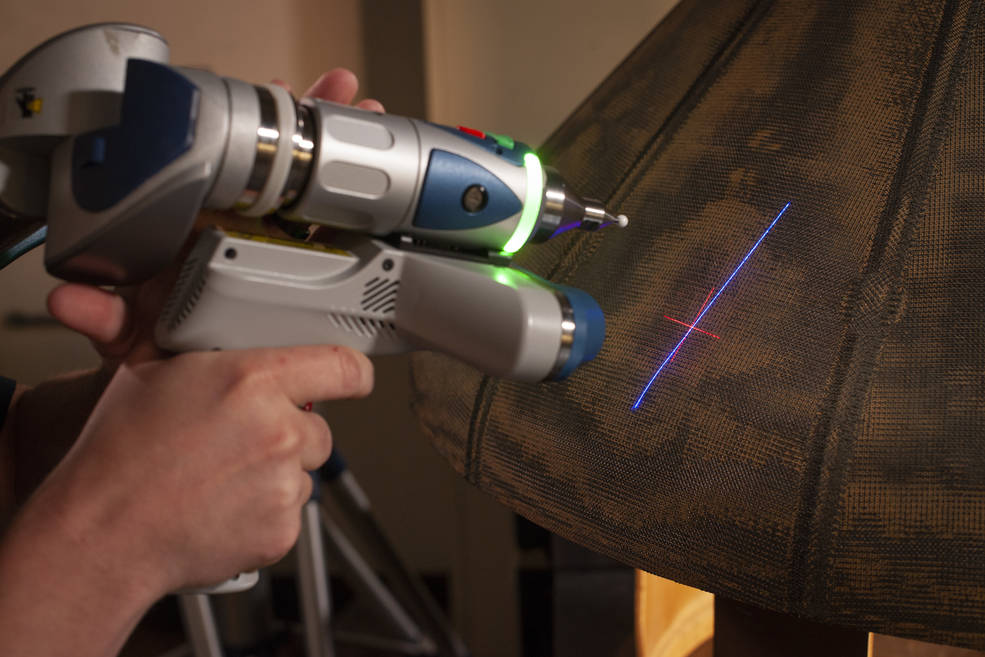NASA Selects Astrobotic to Fly Water-Hunting Rover to the Moon
by Alison Hawkes
NASA has awarded Astrobotic of Pittsburgh $199.5 million to deliver NASA’s Volatiles Investigating Polar Exploration Rover (VIPER) to the Moon’s South Pole in late 2023.
The water-seeking mobile VIPER robot will help pave the way for astronaut missions to the lunar surface beginning in 2024 and will bring NASA a step closer to developing a sustainable, long-term presence on the Moon as part of the agency’s Artemis program.
“The VIPER rover and the commercial partnership that will deliver it to the Moon are a prime example of how the scientific community and U.S. industry are making NASA’s lunar exploration vision a reality,” said NASA Administrator Jim Bridenstine. “Commercial partners are changing the landscape of space exploration, and VIPER is going to be a big boost to our efforts to send the first woman and next man to the lunar surface in 2024 through the Artemis program.”
For full story, see: Astrobotic
Ames Contributions to the COVID-19 Response
by Frank Tavares
The COVID-19 pandemic, caused by the SARS-CoV-2 virus, is a challenge to the world’s medical community unlike any other in recent memory. To face this challenge will require the kind of scientific ingenuity and interdisciplinary collaboration that NASA’s Ames Research Center in California’s Silicon Valley has practiced for more than 80 years.
With its interdisciplinary expertise and specializations in early-stage innovation, supercomputing and biosciences, Ames is uniquely suited to help work toward solutions for the COVID-19 pandemic. Through a variety of different projects, our scientists and the facilities they operate are supporting research to learn about the virus and use that knowledge to assist in the global fight against this pandemic.
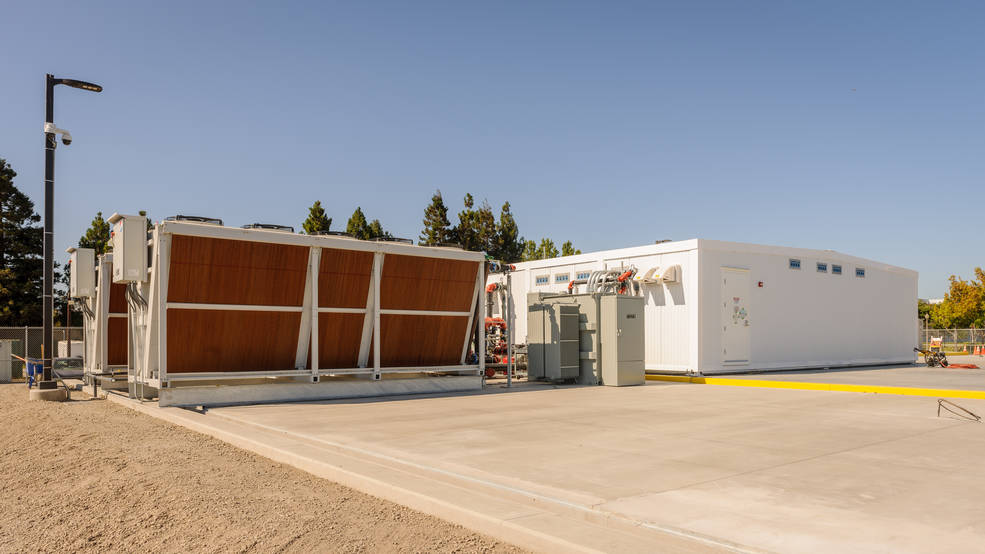
For full story, see: AmesCOVID-19Response
In Cloud Computing, Open Source Becomes Big Business
by Mike DiCicco
In 2010, open source software, once the playpen of renegade hackers and hobbyists, had already gone mainstream. Cloud computing was newer and less defined, but already commercially available. That year, a small team of engineers at NASA’s Ames Research Center in California’s Silicon Valley brought the two neatly together.
The result, a collaboration between NASA and Rackspace Inc., was called OpenStack. Since its release 10 years ago, open source cloud computing has steadily gained popularity, with many of the world’s largest companies making the switch.
For full story, see: CloudComputing
NASA’s Astrobee Team Teleworks, Runs Robot in Space
by Gianine Figliozzi
Recently, NASA Astronaut Chris Cassidy performed a series of tests with Astrobee’s free-flying robot, named Honey, to verify that it will be fully commissioned, like its robotic teammate, Bumble. Soon, both will be ready to carry out tasks and run science investigations aboard the International Space Station. Astrobee’s team conducted these activities teleworking from their individual homes.
The Astrobee team normally performs their roles running activities in space from an operations center at NASA’s Ames Research Center in California’s Silicon Valley. During such activities they communicate with crew, send commands to the robots and receive real-time telemetry. Because of the coronavirus (COVID-19) pandemic, the team needed to adjust to new conditions of full-time telework to meet NASA’s mission-critical need to advance autonomous and robotic technology that will play a role in the agency’s mission to return to the Moon under the Artemis program.
For full story, see: Astrobee
NASA Discovers Two New Types of Bacterial Life Inside a Fungus on Earth
by Frank Tavares
Fungi often live in tandem with trees, bacteria and more, in environments that range from lush forests to dry deserts. But in an environment too harsh for most organisms to live, NASA has found a fungus that contains an entire ecosystem – and inside, two new categories of microbial life.
Norris Geyser Basin in Yellowstone National Park – home to the tallest acid geysers in the world, with soils riddled with sulfur and toxins – is an almost unlivable environment. This harsh landscape was where NASA scientist Kenneth Cullings found himself while pondering why scientists hadn’t yet found any organism alive today whose genetics could be traced back to life’s origins. During that very thought, he kicked over a bulb-shaped fungus, no larger than the size of his fist, its contents spilling out across the floor.
In this harsh environment, there was life. After further study, what Cullings and his team at NASA’s Ames Research Center in California’s Silicon Valley found inside this fungus was surprising: an island of biodiversity in a desert. These results were published on June 1, 2020, in the scientific journal Microbiology Open.
For full story, see: NewBacterialLife
SOFIA Women Leaders Reflect on Science, Engineering Careers
by Kassandra Bell
NASA’s airborne telescope, the Stratospheric Observatory for Infrared Astronomy, or SOFIA, has a leadership team that includes five accomplished women making waves in space science and engineering. Each brings different backgrounds and perspectives to the task of making this complex international science experiment a success.
The observatory, which is a Boeing 747SP jetliner modified to carry a 106-inch diameter telescope, looks out at the universe in a special kind of light called infrared, which is invisible to human eyes. SOFIA can look at distant objects in a part of the infrared spectrum that is inaccessible to any other telescope currently in flight, seeking answers to mysteries about how stars form, the black hole at the center of our galaxy, and more.
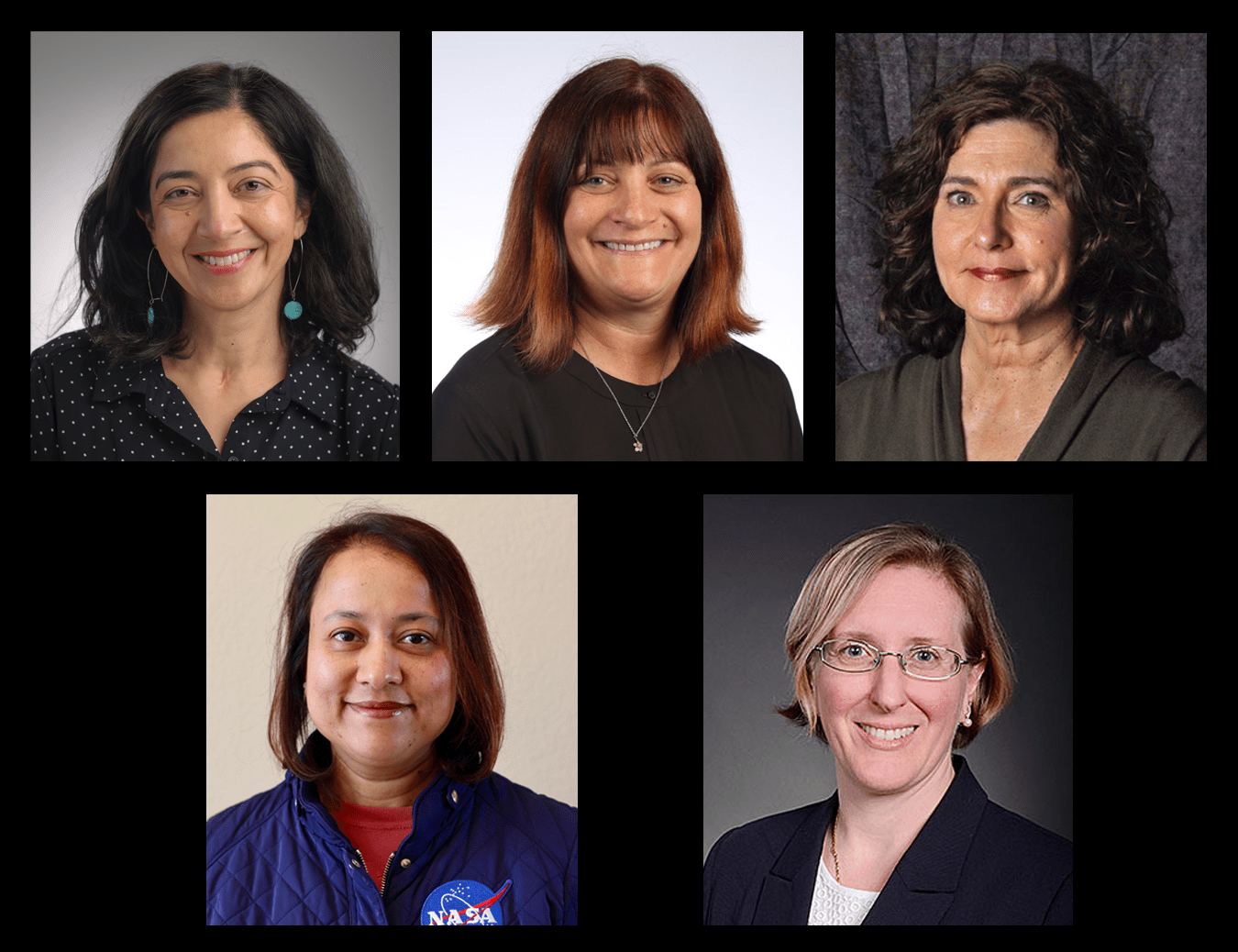
For full story, see: SOFIAWomenLeaders
Magnetic Fields Force New Perspective on Milky Way’s Center
by Kassandra Bell
The area around the supermassive black hole at the center of our Milky Way galaxy is dominated by gravity, but it’s not the only force at play. According to new research from NASA’s airborne telescope, the Stratospheric Observatory for Infrared Astronomy, or SOFIA, magnetic fields may be strong enough to control material moving around the black hole.
The research, presented this week at a meeting of the American Astronomical Society, could help answer longstanding mysteries about why our black hole is relatively quiet compared to others, and why the formation of new stars in our galaxy’s core is lower than expected.
Using its newest infrared instrument to study celestial dust grains, which align perpendicular to magnetic field lines, SOFIA was able to produce detailed maps of our galactic center, showing the behavior of these otherwise invisible magnetic fields around the black hole
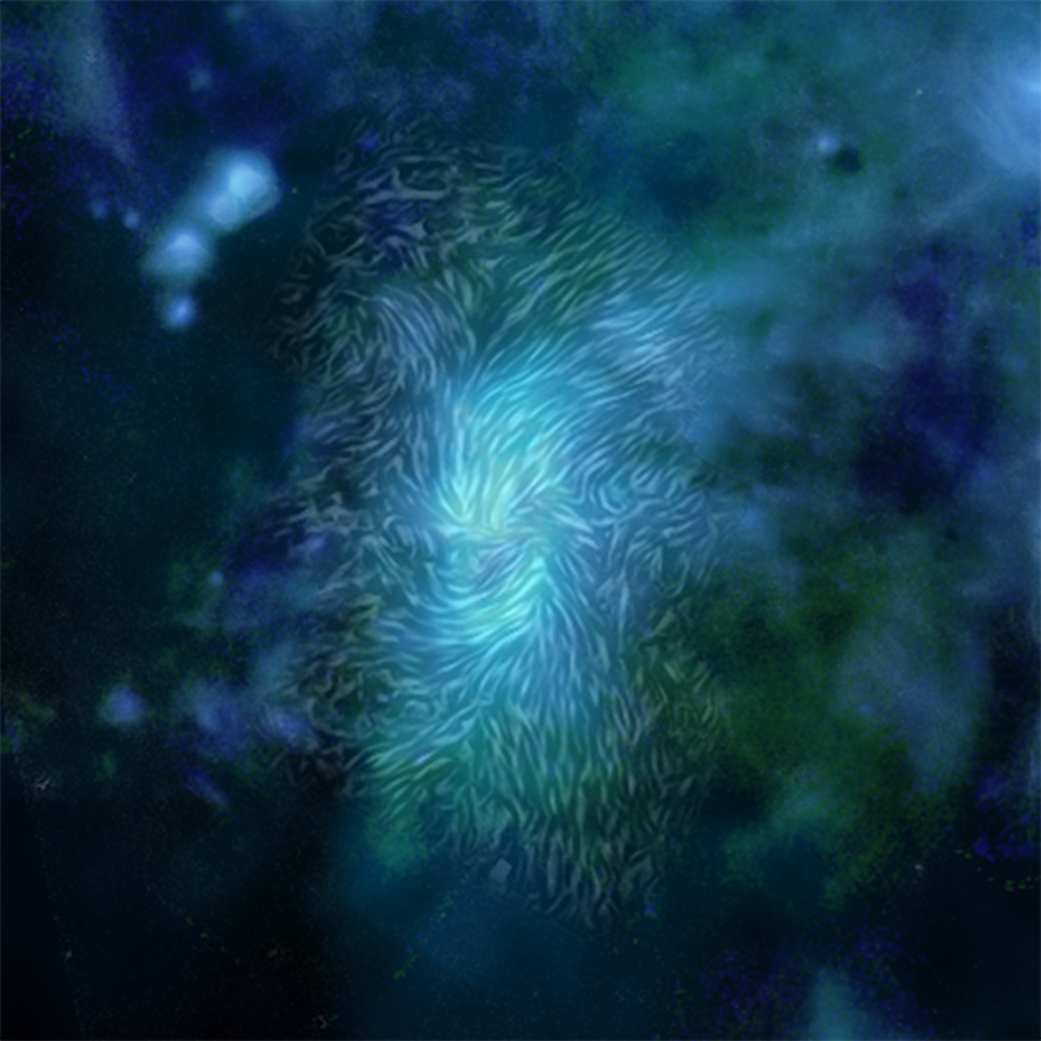
For full story, see: MagneticFIeldMilkyWay
What is HEEET – Heatshield for Extreme Entry Environment Technology?
by Frank Tavares
NASA’s heat shield for Extreme Entry Environment Technology is a woven heatshield design made to efficiently take more heat off previous space cargo entering a planet’s atmosphere
NASA has explored much of the solar system, but only a handful of missions have entered the atmospheres of planets other than our own and successfully touched down on their surfaces. Most of our neighboring planets have never seen the wheels of a rover, and never before has a robot we’ve sent to another planet returned to Earth.

